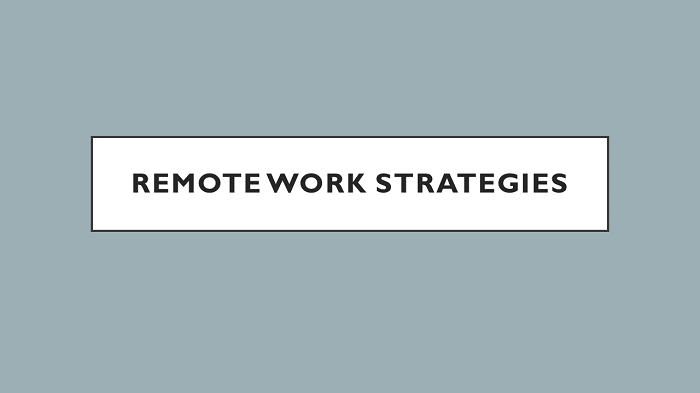Like a bolt from the blue, remote work suddenly became both a daily fact of life for millions of workers around the world and a hot topic among organizational and other business leaders.
Now that people have experienced what it is like to work from home, it’s possible we’ll never go back to the old days of most people spending 40-plus hours a week in an office. That means it’s critically important to take a clear-eyed look at some of the challenges presented by remote work and to develop strategies for mitigating them.
One challenge that I’ve been thinking about a lot lately is bias. One of the great things about the shift to remote work is that it has been a great equalizer. Even the CEO suddenly seems different when he or she is dressed casually and has to deal with a child wandering into a video call making funny faces.
[click_to_tweet tweet=”.@Broadridge’s CHRO shares 4 steps #HR can take now to address common biases that impact #remotework #employees in organizations of all sizes. Learn more ” quote=”Tweet this story” theme=”style3″]
By being in the same space as everyone else, including leaders, employees feel more empowered to speak up and share their feedback and ideas on equal footing. The question now is how we can make this last once people start to return to the office?
Related: HR leaders plan to embrace remote work post-pandemic
It will be easy for managers to go back to giving advantages to people who put in “face time.” This kind of bias is known as selective attention bias, which is the very human tendency to pay more attention to people or ideas that feel closer, or more similar, to our own experiences. Of course, it’s natural to feel more kinship with someone you see every day than someone who is just a face on a screen. Another kind of bias to watch out for is confirmation bias, which is a tendency to seek out that information that confirms, rather than disproves, our own beliefs.
As a CHRO–someone with a keen interest in helping my own and other organizations maximize the value of increased remote work and ensure that the contributions of all employees are recognized–I recommend the following four things to avoid falling into these traps.
Generate awareness. The first step in overcoming biases is to be aware of them and to acknowledge their existence. Speak openly about these potential biases with your team and recognize that simply naming them removes much of their power to derail meetings, their outcomes and the success of your people and teams.
Meet with purpose. Ensure that every meeting begins with a clear purpose, identified ahead of time. This simple step adds to the likelihood the meeting will accomplish its goal and not get sidetracked by unstated biases. Meeting agendas can also include time for all to contribute and weigh in. Good meeting hygiene is particularly important when remote workers are attendees. Having more than one conversation in a physical room is hard enough, but having multiple people speak over each other is completely counterproductive on the phone or via videoconference.
Plot a path to consensus. Before decisions are made, ensure the whole team is on the same page regarding decision criteria. Before you are in the heat of the debate, clearly articulate what objective data and metrics will be used to guide decision making. This will help teams made up of both in person and remote workers function more smoothly. In fact, agreeing to a common set of objective criteria for making difficult decisions prior to engaging in debate that can become emotional will improve the quality of outcomes overall.
Build community. Finding ways to minimize distance and differences through shared experience is not something we did on video conferences in the pre-COVID-19 era. Video meetings tended to be formal and stilted affairs, often with a 2-3 second lag between speaking and hearing. Not so anymore. Leaders that are savvy about culture and its impact on productivity are providing employees new tools ranging from state-of-the-art communications software to work management platforms to help people engage across geographies, stay connected to their teams and showcase their contributions. Zoom happy hours and photos of furry officemates have become de rigueur overnight. These small things, combined with deeper moments of connection, can absolutely build a positive culture virtually and break down the walls that can fuel bias-based decision-making.
It’s almost a cliché to say that the COVID-19 crisis will change everything. The truth is that when it comes to work, some things will be different forever, while others may go “back to normal.” The challenge for business leaders is that no one can say with any certainty which is which. By planning ahead, businesses can use some of the lessons from this crisis to create a more equal and more productive workplace. This will serve them well no matter what the future holds.



